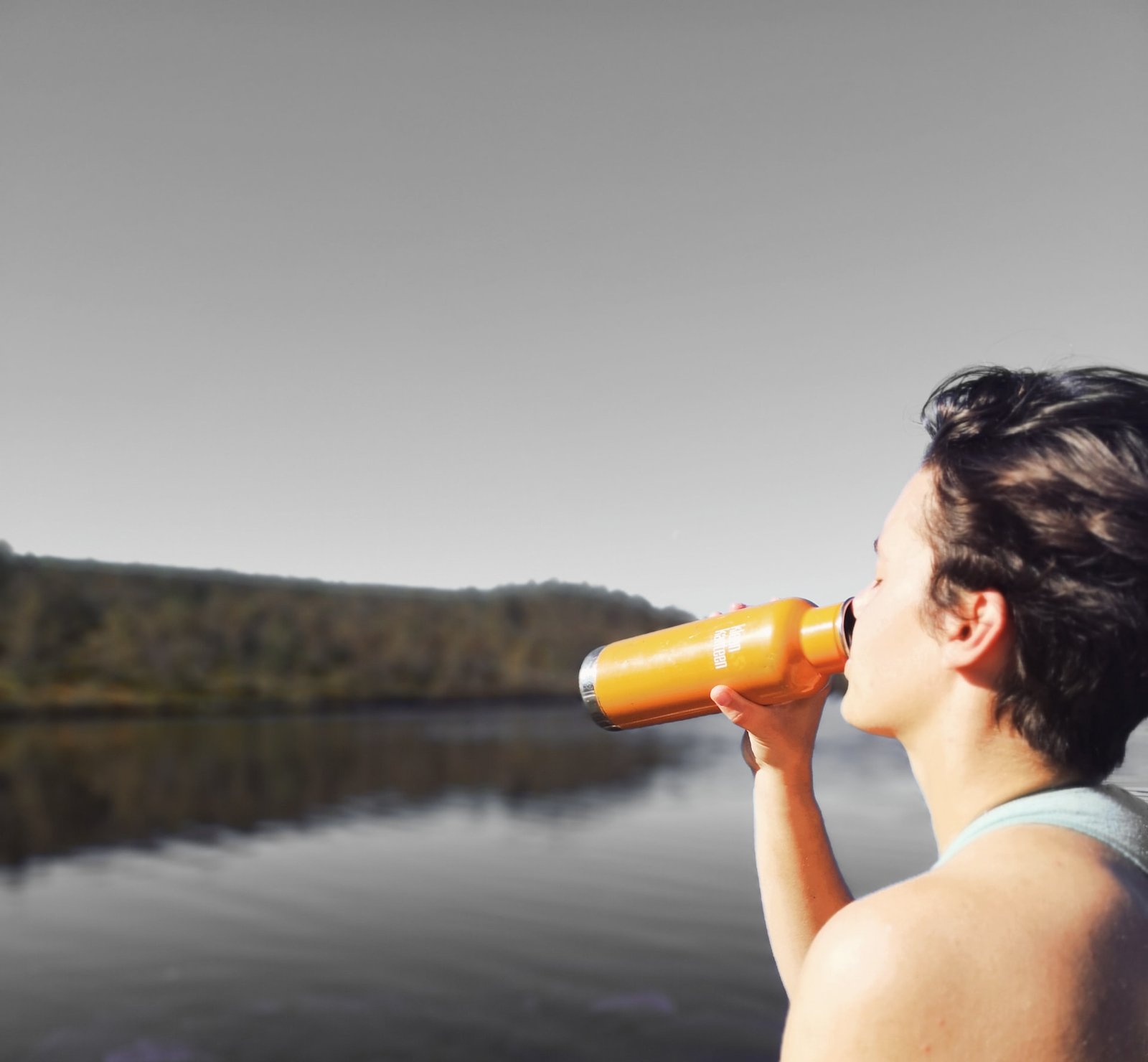Title: Quench Your Thirst: How Much Water Should a Woman Drink Daily in Litres?
Water is the elixir of life, a vital component for the proper functioning of our bodies. It helps regulate body temperature, aids digestion, flushes out toxins, and plays a crucial role in many other bodily functions. However, it’s often a challenge to determine the appropriate amount of water one should consume daily. This article focuses specifically on the water intake recommendations for women, which may vary depending on factors like age, activity level, and individual circumstances.
Recommendation on How Much Water Should a Woman Drink Daily in Litres?
The National Academies of Sciences, Engineering, and Medicine provides general guidelines for daily water intake. According to their recommendations, an adequate daily water intake for women is about 2.7 litres (91 ounces) of total water. This includes not only the water you drink directly but also the water from other beverages and food. However, this is a general guideline, and individual needs can vary based on factors such as age, physical activity, climate, and pregnancy or breastfeeding status.
Women’s Age vs How Much Water to Drink
As women age, their body composition and metabolism change, which can affect their water needs. Younger women, especially those in their teens and twenties, may require slightly more water due to their higher metabolic rate and more active lifestyle. On the other hand, older women may need slightly less water, as their metabolism slows down and their physical activity tends to decrease.
Here is a general guideline for the amount of water a woman should drink based on her age:
- 19 years and younger: 2.7 litres (91 ounces)
- 19 to 30 years: 2.7 litres (91 ounces)
- 31 to 50 years: 2.7 litres (91 ounces)
- 51 and older: 2.7 litres (91 ounces)
It’s important to note that these are general guidelines and the actual amount of water a person needs can vary depending on factors such as their activity level, climate, and overall health. It’s best to speak with a doctor or dietitian to determine the right amount of water for you.
Physical Activity vs How Much Water to Drink
Women who engage in regular physical activity or strenuous workouts may require more water to compensate for the loss of fluids through sweating. It is essential to hydrate before, during, and after exercise to maintain optimal performance and prevent dehydration. As a rule of thumb, women should drink an additional 0.3 to 0.7 litres (10 to 24 ounces) of water per hour of moderate to intense physical activity.
The amount of water a person should drink each day can vary depending on several factors, including their age, gender, weight, and physical activity level. Here’s a general guideline for women based on physical activity level:
- Sedentary or low activity level: 2.7 litres (approx. 9 cups)
- Lightly active: 3.7 litres (approx. 12 cups)
- Moderately active: 3.7-4.5 litres (approx. 12-15 cups)
- Very active: 4.5 litres or more (approx. 15 cups or more)
It’s important to note that this is just a general guideline and individual needs may vary. Additionally, factors such as the climate, altitude, and overall health can also impact fluid needs. The best way to determine the right amount of water for you is to listen to your body and drink when you’re thirsty.
Climate vs How Much Water to Drink
Living in hot or humid climates can increase the need for water intake, as the body loses more fluids through sweating to keep the body cool. Additionally, spending time at high altitudes or in dry environments can also lead to increased water loss, warranting higher water consumption.
Here’s a general guideline for how climate can impact fluid needs:
- Hot and humid climates: 4-6 litres (approx. 13-20 cups) or more per day
- Temperate climates: 3.7-4.5 litres (approx. 12-15 cups) per day
- Cold climates: 2.7-3.7 litres (approx. 9-12 cups) per day
It’s important to note that these are just general guidelines and individual needs may vary. The best way to determine the right amount of water for you is to listen to your body and drink when you’re thirsty. Additionally, factors such as physical activity level, altitude, and overall health can also impact fluid needs.
Pregnancy and Breastfeeding vs How Much Water to Drink
Pregnancy and breastfeeding significantly affect a woman’s water requirements. Pregnant women need to consume more water to support the increased blood volume and the growth and development of the fetus. The recommended daily water intake for pregnant women is 3.0 litres (102 ounces). Breastfeeding women require even more water to stay hydrated and produce sufficient milk for their infants. The recommended daily water intake for breastfeeding women is 3.8 litres (128 ounces).
Here’s a general guideline for fluid intake during these stages:
- Pregnancy: 3.0-3.8 litres (approx. 11-13 cups)
- Breastfeeding: 3.8 litres or more (approx. 13 cups or more)
It’s important for pregnant and breastfeeding women to drink enough water to stay hydrated. Dehydration can cause serious health problems for both the mother and the baby. It’s also important to note that the above amounts are just general guidelines and individual needs may vary. It’s always best to consult with a healthcare provider for personalized recommendations.
Video: How much water should you drink a day?
While the general guideline suggests that women should consume about 2.7 litres of water per day, it is essential to consider individual factors such as age, physical activity, climate, and pregnancy or breastfeeding status. To ensure optimal hydration, listen to your body’s signals, monitor your urine color (a pale, straw-like color is a good indicator of proper hydration), and adjust your water intake accordingly. Remember, maintaining proper hydration is crucial for overall health and well-being, so make it a priority to quench your thirst with water every day.

